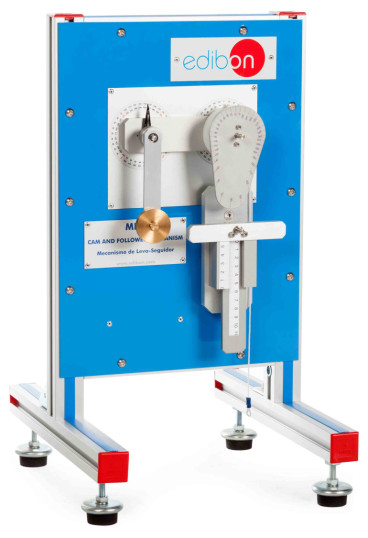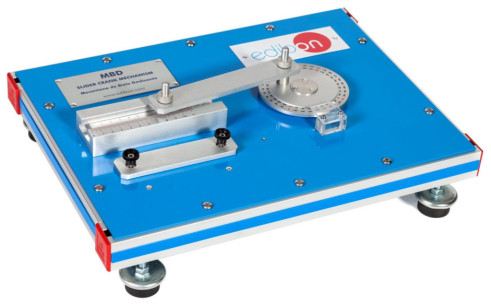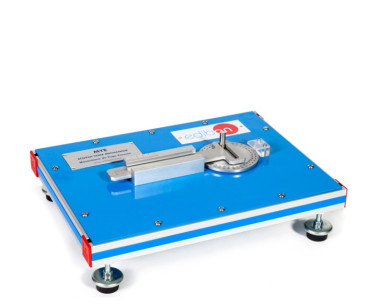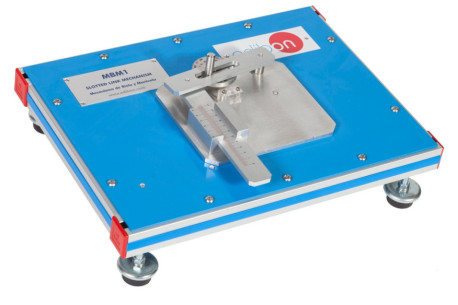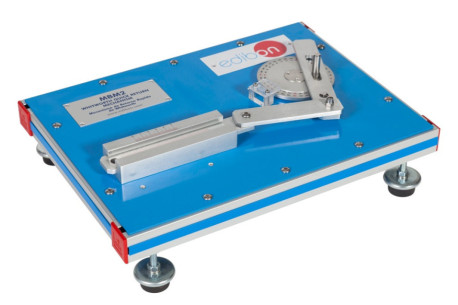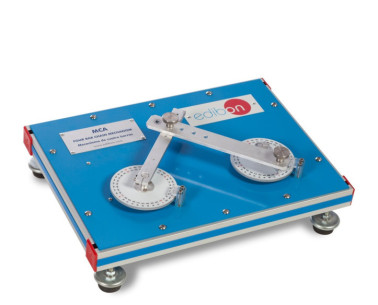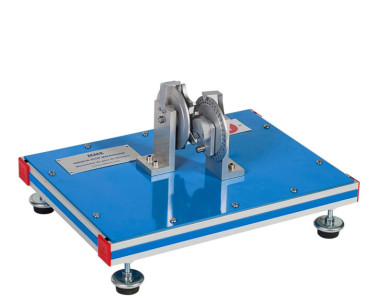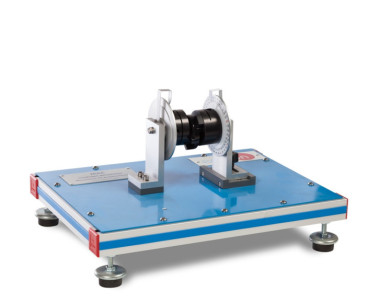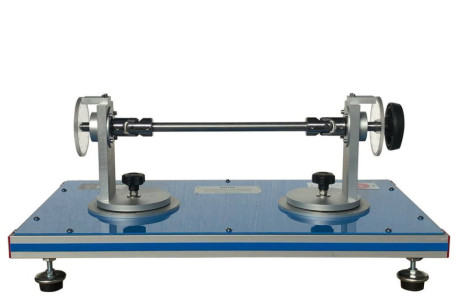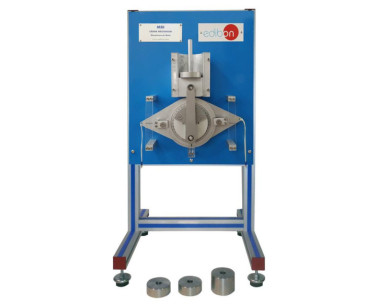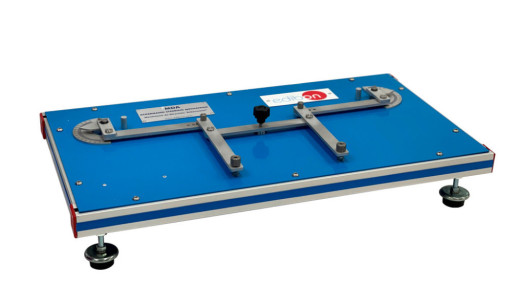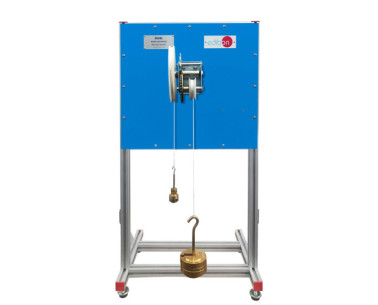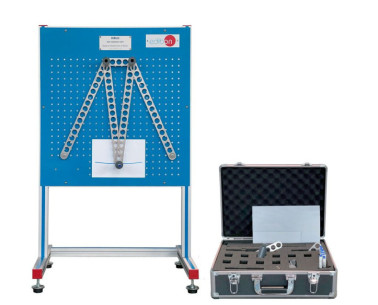MEX 凸轮-从动件机构
創新系統
The Cam and Follower Mechanism, "MEX", designed by EDIBON, allows to demonstrate the operation of a cam-follower mechanism in a clear way.
化验室
相關新聞
一般說明
The Cam and Follower Mechanism, "MEX", allows to study the cam-follower and eccentric-follower mechanisms. For that purpose, several plate cam models in different forms, one eccentric and several roller-shaped, flat-shaped, wedge-shaped and oscillating followers models are supplied.
A plate cam, also called disc cam, consists of a plate which rotates around an axis perpendicular to its plane. Its profile is designed to give a reciprocating or oscillating motion to a follower, which touches the edge of the cam.
The unit comprises five followers which depend on the geometrical characteristics of the edge in contact with the cam.
Two of them are roller-shaped followers with different diameters to study the influence of the diameter, other one is flat-shaped, other one is wedge-shaped and the last one is oscillating.
Such followers constitute cam-follower mechanisms, which transform the circular motion of the cam into a linear or angular motion of the follower. One or the other motion will depend on the configuration of the mechanism and, specifically, on the position of the follower with regard to either the cam or eccentric profile.
練習和指導練習
手册中包含的指导实践练习
- Demonstration of the action of plate cams and an eccentric with geometrical profiles variation in the conversion of the circular motion of these cams to a linear or angular motion of the follower.
- Study of the influence of the roller follower's diameter in the conversion of the circular motion of the plate cam into linear motion or angular motion.
- Determination and graphical illustration of the relationship between the displacement of the follower and the angular displacement of the cam for several types of cams and followers.
- Measurement of the force needed to be overcome in order to rotate a cam at different angular positions. ("B type" set required).
与该单位进行更多实际操作
- Determination of the velocity and acceleration by graphical differentiation and compared with values obtained by the equations of motion.
配套设备
苏格兰轭机构
连杆和曲柄机构
惠特沃斯快速返回机构
四杆机构
日内瓦机构
联轴机构
万向节机构
连杆机构
阿克曼转向机构
升降机构
Bar Linkages Unit
質量

售後服務

 Cookies首选项
Cookies首选项

